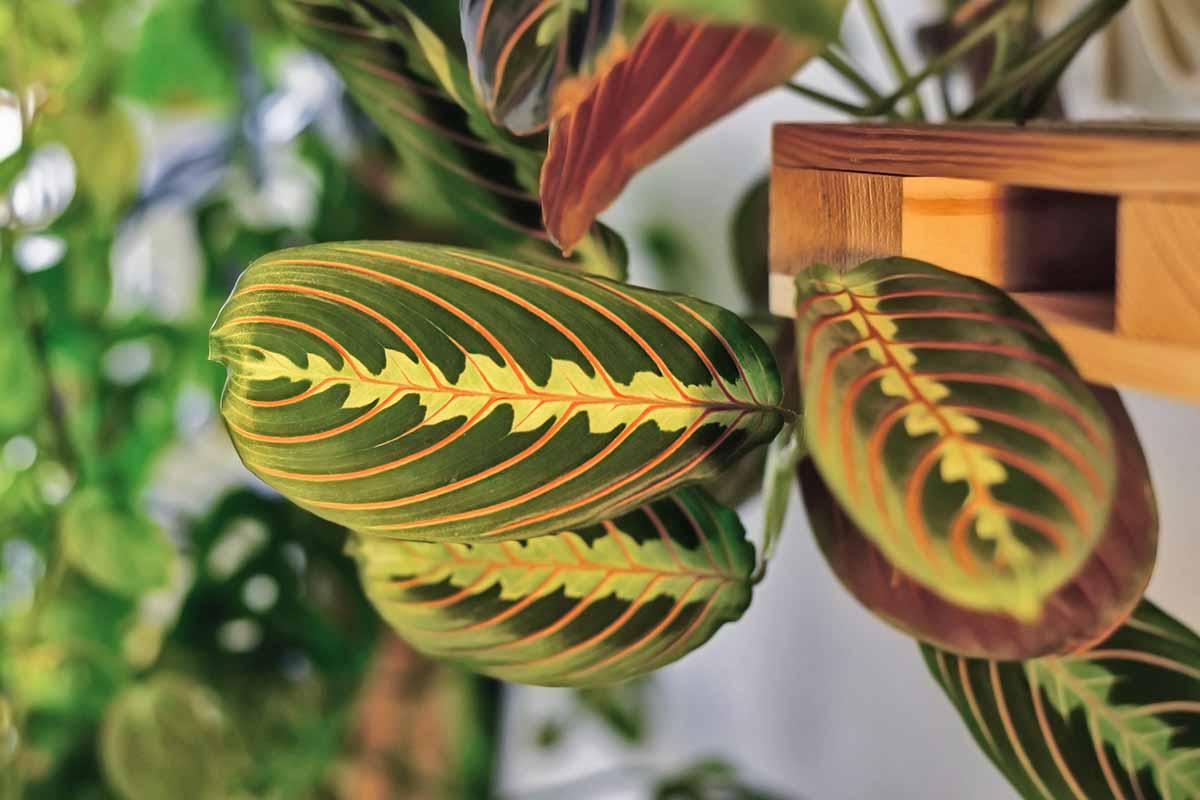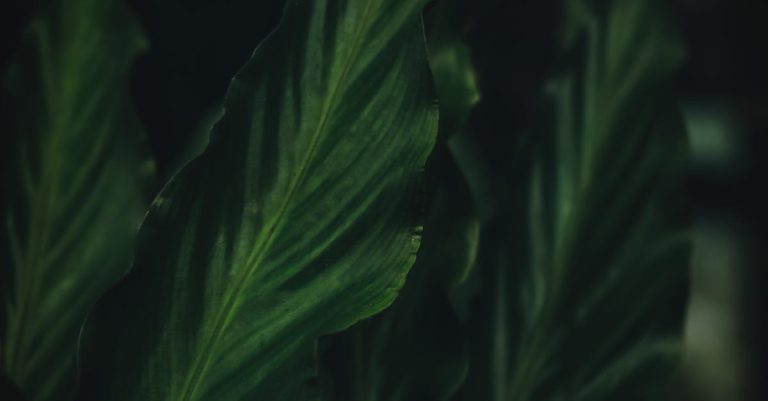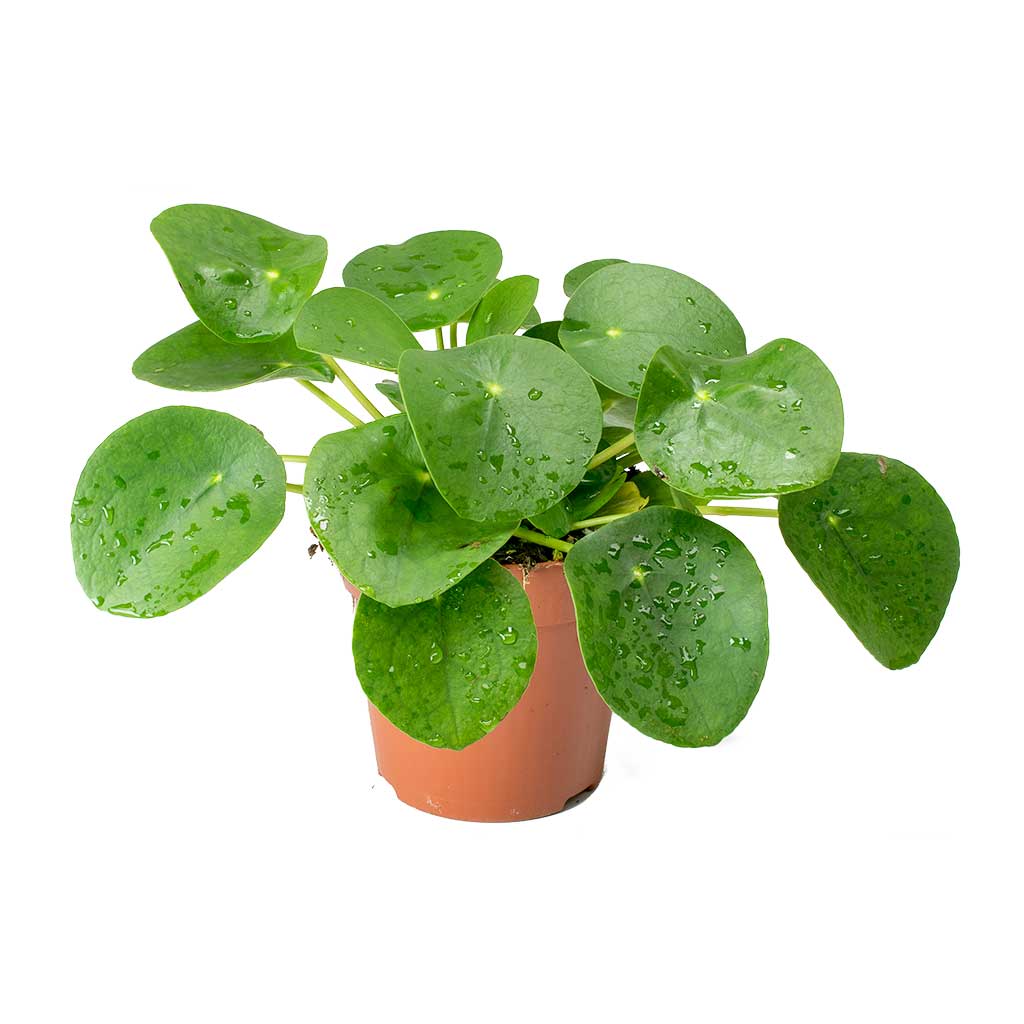How To Care For Staghorn Fern (Platycerium)
How to Care for Staghorn Fern (Platycerium): A Detailed Guide
Staghorn Fern (Platycerium) is a unique and striking epiphytic fern known for its antler-like fronds. Native to tropical and subtropical regions, Staghorn Ferns are typically found growing on trees and rocks in their natural habitat. Caring for these ferns can be a rewarding experience, as they add an exotic touch to any indoor or outdoor space. Here’s a comprehensive guide to help you care for your Staghorn Fern and keep it thriving.
1. Light Requirements
Staghorn Ferns prefer bright, indirect light. Too much direct sunlight can scorch the fronds, while too little light can hinder growth. Place your fern near a north or east-facing window where it can receive filtered light. If you are growing it outdoors, place it in a shaded area where it can get dappled sunlight. In very bright environments, consider using sheer curtains to diffuse the light.
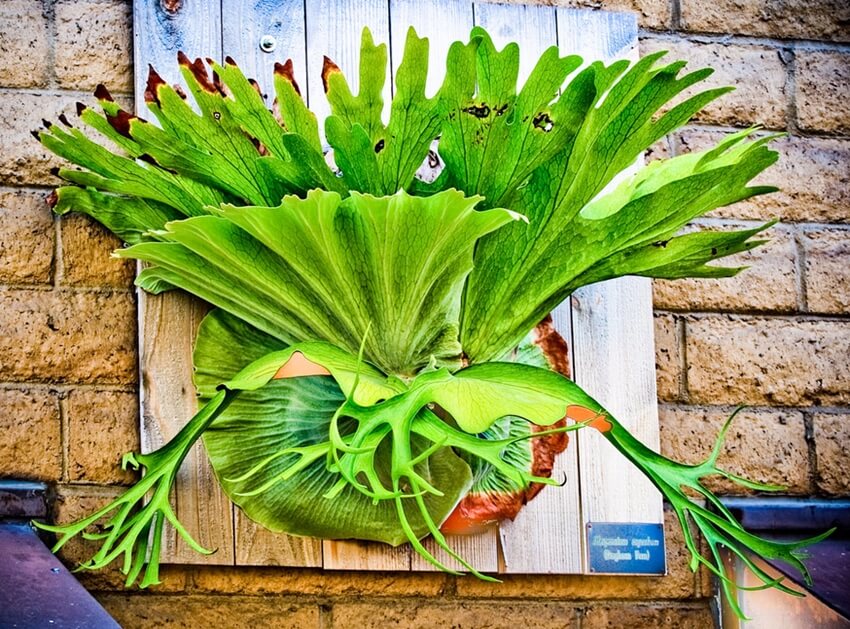
2. Watering
Watering Staghorn Ferns can be a bit different compared to traditional potted plants, as they are epiphytes. They thrive in high humidity and prefer to be kept moist but not soggy. Here are some tips for watering:
- Mounted Staghorn Ferns: Remove the fern from its mount and soak it in water for about 15-20 minutes every 1-2 weeks, allowing the water to fully penetrate the root ball. After soaking, let it drain thoroughly before remounting. Mist the fronds regularly, especially during dry spells or in air-conditioned environments.
- Potted Staghorn Ferns: Water the medium when the top inch feels dry. Soak the pot in water for 10-15 minutes to ensure the root ball is well-hydrated, then allow excess water to drain away.
3. Humidity
Staghorn Ferns thrive in high humidity environments, ideally between 50-70%. If your home is dry, especially during winter, increase humidity by using a humidifier, placing the fern in a bathroom or kitchen where humidity is naturally higher, or regularly misting the fronds. Placing the fern on a tray filled with water and pebbles can also help maintain humidity levels around the plant.
4. Temperature
Staghorn Ferns prefer moderate to warm temperatures between 60-80°F (16-27°C). They are sensitive to cold drafts and sudden temperature changes. Keep the fern away from windows or doors that may have cool drafts and from heating or air conditioning vents. Staghorn Ferns can tolerate temperatures as low as 50°F (10°C) but should be protected from frost.
5. Mounting and Soil
Staghorn Ferns are often grown mounted on wood plaques, cork, or in hanging baskets, mimicking their natural growth habit. If you choose to pot your fern, use a well-draining medium such as a mix of orchid bark, sphagnum moss, and perlite. Ensure the mounting or pot has good drainage to prevent water from pooling at the roots.

6. Fertilizing
Feed your Staghorn Fern every 4-6 weeks during the growing season (spring and summer) with a balanced, water-soluble fertilizer diluted to half strength. Avoid fertilizing in the fall and winter months when the plant’s growth slows. Over-fertilizing can lead to a buildup of salts in the soil or medium, which can harm the plant. Slow-release fertilizers can also be applied sparingly.
7. Pruning
Pruning is generally not necessary for Staghorn Ferns. However, you can remove any dead or damaged fronds to keep the plant looking tidy. Always use clean, sharp scissors or pruning shears to avoid introducing diseases.
8. Propagation
Staghorn Ferns can be propagated through division or spores:
- Division: Gently separate a pup (small offshoot) from the parent plant, ensuring it has some roots attached. Mount or pot the pup in a suitable medium and keep it in a humid environment until it establishes new growth.
- Spores: Collect spores from the underside of mature fronds and sow them on a moist, sterile medium. Keep the medium in a warm, humid environment and wait for the spores to germinate, which can take several weeks.
9. Pest and Disease Management
Staghorn Ferns can be susceptible to pests like scale insects and mealybugs. Regularly inspect the plant for signs of pests, such as sticky residue or visible insects. Treat infestations with insecticidal soap, neem oil, or by wiping the fronds with a damp cloth. Proper watering and good air circulation help prevent fungal and bacterial diseases. If you notice any brown or black spots on the fronds, it could be a sign of a fungal infection; remove affected fronds and treat the plant with a fungicide if necessary.
10. Special Care Tips
- Frond Care: Staghorn Ferns have two types of fronds: sterile fronds that are brown and shield-like, and fertile fronds that are green and antler-like. Do not remove the brown sterile fronds, as they play a crucial role in protecting the roots and retaining moisture.
- Air Circulation: Ensure good air circulation around the fern to prevent fungal issues. Avoid overcrowding the plant with other plants or objects.
Conclusion
Staghorn Ferns, with their unique appearance and interesting growth habits, can be a stunning addition to your plant collection. By providing the right light, moisture, and environment, you can enjoy the beauty and growth of this plant for years. Regular maintenance, including proper watering, fertilizing, and humidity control, will ensure your Staghorn Fern remains healthy and vibrant. Whether you are a seasoned gardener or a beginner, Staghorn Ferns offer a rewarding and visually captivating plant care experience.
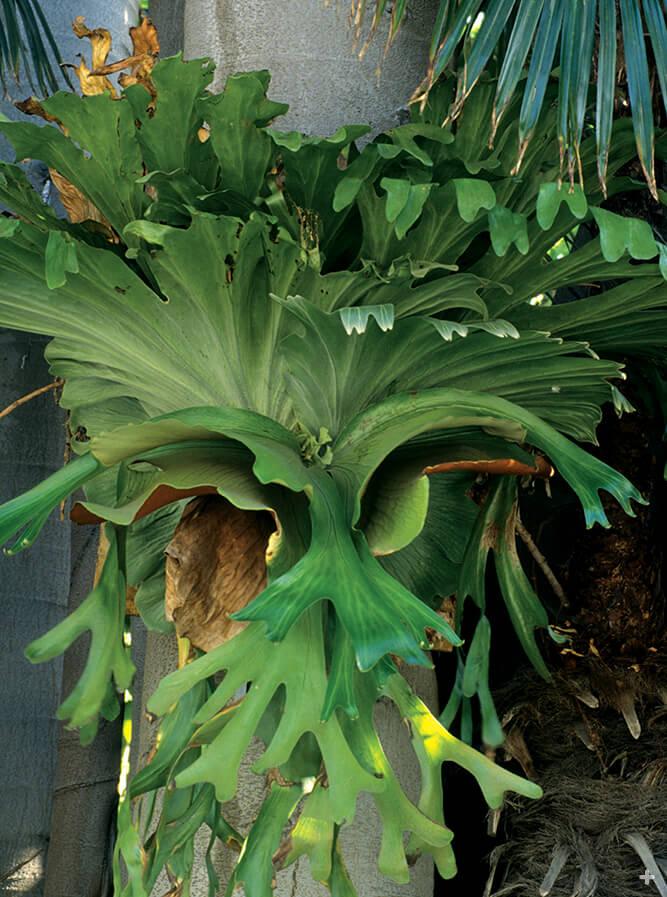
What are the best ways to care for a Staghorn Fern (Platycerium)?
Staghorn Ferns, also known by their scientific name Platycerium, are unique and beautiful plants that require specific care to thrive. In order to successfully care for a Staghorn Fern, it is important to ensure that they are placed in a well-lit area with indirect sunlight, watered regularly but not overly soaked, and provided with a proper nutrients and potting medium. To learn more about how to care for these stunning plants, continue reading.

